Metal buildings are notorious for blocking cell signals, leaving you frustrated with dropped calls, slow data speeds, and unreliable connectivity. Whether it’s a workshop, warehouse, or office, the structure’s metal walls act as barriers that interfere with signal strength.
Metal walls and roofs can block cell signals completely. HiBoost boosters can penetrate metal obstacles and provide strong coverage throughout your building.
Shop multi-room cell booster for large houses →For many, this is more than an inconvenience—it’s a major disruption to productivity and communication. Imagine trying to run a business or stay connected with family, only to deal with dead zones and weak signals throughout your building.
boosters to strategic placement of antennas, there are practical ways to regain reliable cell service, even in a metal building. This article dives into proven methods that can transform your space from a connectivity dead zone to a signal-friendly environment.
Keep reading to discover how you can enhance your signal strength, improve call quality, and enjoy seamless internet access without stepping outside. Reliable communication is within reach—even through thick metal walls.

Understanding Cell Phone Signal Challenges in Metal Buildings
Metal buildings are a nightmare for cell phone signals, turning your space into a frustrating dead zone. The issue lies in how metal interferes with signal transmission, leaving you disconnected when you need to stay connected the most.
1. Metal Walls Block Signals
The primary culprit is the metal construction itself. Metal walls and roofs reflect and absorb cellular signals, preventing them from entering or traveling through the building.
2. Distance from Cell Towers
If your building is far from the nearest cell tower, the already weak signal struggles even more to penetrate the metal structure, compounding the problem.
3. Interference from Other Devices
Many metal buildings house machinery, equipment, or Wi-Fi networks that further disrupt cell signals. This creates additional interference, worsening connectivity issues.
4. Poor Indoor Signal Distribution
Even if a signal makes it inside, metal walls can block its distribution, resulting in uneven coverage where some areas have no service at all.
5. Energy-Efficient Materials
Modern metal buildings often use energy-efficient insulation and reflective materials that unintentionally block cellular signals, making the issue even harder to resolve.
These challenges make it nearly impossible to maintain a reliable connection. However, understanding these pain points is the first step in finding the right solutions.
In the next section, we’ll explore proven strategies to overcome these barriers and boost your cell phone signal effectively.
Geographical Reception Barriers
Geographical factors play a huge role in poor cell phone reception, creating dead zones that disrupt communication. These natural barriers are often beyond your control, but understanding them helps address the issue effectively.
1. Hills and Mountains
Large elevations block direct signals from cell towers, causing weak or nonexistent reception in valleys, rural areas, or behind hills.
2. Dense Forests
Thick vegetation absorbs and scatters cellular signals, making it difficult for them to reach your phone. This is especially common in heavily wooded areas.
3. Bodies of Water
Water can weaken cell signals as it absorbs and diffuses radio waves, impacting connectivity near lakes, rivers, and coastal areas.
4. Distance from Cell Towers
The farther you are from a cell tower, the weaker your signal becomes. Rural areas often have sparse tower placement, making this a common issue.
5. Urban Obstructions
In cities, tall buildings and skyscrapers reflect and block signals, creating dead zones in certain streets or areas.
6. Weather Conditions
Rain, snow, or fog can interfere with signal strength by reducing the range and clarity of cellular transmission.
7. Underground Locations
Being below ground level—like in basements or underground parking—limits your phone's ability to connect to nearby towers.
8. Interference from Terrain Features
Rocky terrain or cliffs can act as barriers that deflect signals, leaving areas behind them with poor reception.
These geographical barriers often compound with structural issues, making it essential to tackle signal challenges with tailored solutions that address both natural and man-made obstacles.
Poor Localized Coverage
Dealing with poor localized coverage can leave you battling with unreliable connectivity in specific areas of your space. This issue is frustrating, especially when certain spots have no signal at all while others barely manage a weak connection.
1. Obstructions Within the Building
Thick walls, large metal objects, and structural layouts create barriers that block signal distribution, causing dead zones in certain areas.
2. Uneven Signal Distribution
Even if a signal enters the building, it may not spread evenly. Corners, basements, or rooms far from windows often suffer from poor reception.
3. Network Overload
In areas with high user density, such as offices or warehouses, too many devices competing for the same network can reduce signal quality in localized spots.
4. Interference from Equipment
Machinery, electrical systems, and other devices can emit electromagnetic interference, disrupting signal strength and leaving parts of the building with minimal or no coverage.
5. Distance from Signal Entry Points
If the signal enters from one side of the building, areas farther away may experience weaker connectivity, especially if the layout includes multiple partitions or obstacles.
6. Signal Loss Through Floors
In multi-level buildings, signals often struggle to penetrate between floors, resulting in inconsistent coverage on upper or lower levels.
7. Reflective Surfaces
Mirrors, glass, and other reflective materials inside the building can scatter and weaken the signal, reducing its reach to certain areas.
Localized poor coverage can disrupt productivity and communication. Understanding these specific pain points allows you to target them with tailored solutions, ensuring every corner of your building stays connected.
Other Things That Can Weaken Your Signal

Imagine this: you're on an important video call, in the middle of a remote area, or trying to stream your favorite show, and your signal drops to nothing.
Frustrating, right? Signal issues are a modern-day headache, and while we often blame our service provider, the culprit might be closer than we think.
Here are some unexpected factors that could be sabotaging your signal and leaving you disconnected:
Thick Walls and Building Materials
Your home or office might be a signal trap. Materials like concrete, brick, and metal can block or significantly reduce signal strength. Older buildings, especially, were constructed without wireless connectivity in mind, making them notorious for dead zones.
Electronic Interference
Your microwave, cordless phone, or baby monitor could be competing with your signal. These devices operate on frequencies that sometimes overlap with Wi-Fi or cellular networks, causing interference and frustrating drops in connectivity.
Weather Conditions
Ever noticed a weaker signal during storms? Rain, snow, or even dense fog can scatter radio waves, disrupting your connection. Extreme weather can also damage towers or power lines, affecting your entire network area.
Crowded Networks
Living in a densely populated area or attending large events can overload network resources. Too many users accessing the same cell tower creates traffic jams, resulting in slower speeds and weaker signals.
Obstructions in Nature
Tall trees, hills, and even large bodies of water can block your signal. Rural areas with heavy vegetation or uneven terrain are especially prone to these issues.
Understanding these hidden signal killers is the first step to staying connected. For stronger, uninterrupted connectivity, consider signal boosters or strategically positioning your router and devices. After all, staying connected is no longer just a luxury—it’s a necessity!

How Do Cell Phone Boosters Improve Signal in Metal Buildings?
Metal buildings are notorious for blocking cell signals, leaving occupants frustrated with dropped calls and poor internet speeds. The dense materials, such as steel and aluminum, obstruct radio waves, making it difficult for cellular signals to penetrate.
For businesses operating in metal warehouses or homeowners in steel-constructed houses, this weak connectivity can disrupt productivity and communication. Fortunately, cell phone boosters offer a reliable solution.
Understanding the Problem: Why Metal Blocks Signals
Metal acts as a barrier to radio frequency (RF) signals. Unlike wood or concrete, it reflects and absorbs RF waves, preventing them from reaching your device. This phenomenon creates a "dead zone" where signals struggle to pass through.
Even if a strong signal exists outside the building, the interior can remain a communication black hole. This issue is particularly common in rural areas with limited cell towers.
How Do Cell Phone Boosters Work?
Cell phone boosters, also known as signal repeaters, amplify weak signals. They consist of three main components: an external antenna, an amplifier, and an internal antenna.
The external antenna captures weak outdoor signals and sends them to the amplifier. The amplifier strengthens the signal and transmits it to the internal antenna, which rebroadcasts the enhanced signal inside the building.
Benefits of Cell Phone Boosters in Metal Buildings
- Improved Call Quality Dropped calls become a thing of the past. Boosters ensure clearer conversations by stabilizing the signal.
- Faster Internet Speeds Whether you're streaming videos or conducting video calls, a stronger signal means faster and more reliable data connections.
- Wide Compatibility Modern boosters work with multiple carriers, making them versatile for households or businesses with diverse network users.
Installing a Booster: What to Expect
Installation is straightforward. The external antenna is mounted outside where the signal is strongest, typically on a roof or pole. The amplifier is placed indoors, often in a central location. The internal antenna is then installed to cover the desired area with the boosted signal.
Choosing the Right Booster
Not all boosters are created equal. Factors like building size, number of users, and carrier compatibility should guide your choice. For large metal warehouses, a commercial-grade booster may be necessary.
Smaller homes might only need a basic model for effective coverage.
Cell phone boosters are a game-changer for combating weak signals in metal buildings. They transform dead zones into areas of seamless connectivity, enhancing both personal and professional communication.
Investing in the right booster ensures you stay connected, no matter how challenging your building’s construction may be.
Do Signal Boosters Really Work in Metal Buildings?
Picture this: you're inside your metal workshop, warehouse, or even a sleek modern office, and your phone refuses to load that critical email or drops your call mid-conversation.
Sound familiar? If you live or work in a metal building, you already know how frustrating poor signal reception can be. But do signal boosters actually solve the problem?

Why Metal Buildings Kill Signals
Metal structures are notorious for blocking cellular signals. The material acts as a barrier that deflects radio waves, preventing them from entering the building.
Even if you’re near a cell tower, the walls, roof, and even metal window frames can trap you in a “signal shadow,” leaving your phone struggling to connect.
The Role of Signal Boosters
Signal boosters, also called cell phone signal amplifiers, are designed to capture weak signals from outside, amplify them, and rebroadcast them inside the building. They consist of an external antenna to pick up the signal, an amplifier to strengthen it, and an internal antenna to distribute it indoors.
Do They Work in Metal Buildings?
Yes—when installed correctly, signal boosters can be a game changer for metal buildings. The external antenna bypasses the signal-blocking walls by capturing the signal from outside the structure, while the amplifier ensures the signal is strong enough to provide seamless coverage indoors.
What to Consider Before Buying
However, not all signal boosters are created equal. Their effectiveness depends on factors like the strength of the outside signal, the size of the building, and the type of booster. If your building is in an area with weak outdoor coverage, you may need a higher-gain antenna or more powerful amplifier to see results.
The Bottom Line
For metal building owners, a signal booster isn’t just a luxury—it’s a necessity to stay connected. With the right setup, these devices can transform your space from a communication dead zone into a fully connected environment, ensuring no call gets dropped and no opportunity gets missed.

Best Cell Phone Boosters for Metal Buildings
Metal buildings are notorious for blocking cell signals, leaving you frustrated with dropped calls, slow internet, and dead zones. Whether it’s your home, office, or workshop, staying connected is crucial.
HiBoost offers powerful solutions to eliminate weak signals inside metal structures.
-
HiBoost Sidekick Cell Signal Booster for Home: Compact yet mighty, this booster is perfect for small spaces like home offices or apartments. It ensures reliable coverage for better calls and browsing.

-
HiBoost 10K Smart Link: Ideal for larger homes, this smart booster provides up to 10,000 square feet of coverage. With app control, you can monitor performance and adjust settings for optimal signal.

-
HiBoost 15K Smart Link Deluxe: For massive spaces up to 15,000 square feet, this deluxe booster is a game-changer. It’s perfect for warehouses or large properties, delivering consistent coverage for all devices.

-
HiBoost Travel 3.0 RV: Metal RVs can be signal nightmares on the road. This portable booster keeps you connected during your adventures, ensuring strong reception wherever you go.
HiBoost Travel 3.0 RV Cellular Signal Booster
For RVs, campers, motorhomes, travel trailers, vans, and mobile homes
Sale price$419.99 USD Regular price$519.99 USD
-
HiBoost Ally Home Cellular Booster: Compact and budget-friendly, this booster is designed for smaller homes or areas with mild signal issues. It’s easy to install and highly effective.
HiBoost Ally Cell Booster for Home
Covers 500 - 2,500 sq. ft.
-
HiBoost 4K Plus Pro Home Cellular Booster: With up to 4,000 square feet of coverage, this booster is perfect for mid-sized homes or offices. It guarantees clear calls and fast internet, even in metal buildings.
HiBoost 4K Plus Pro Home Cellular Booster
Covers 3,000 - 6,000 sq. ft.
Say goodbye to weak signals! HiBoost’s advanced technology ensures seamless connectivity in any metal structure, helping you stay connected no matter where you are.
Which Metal Building Signal Booster is the Best One?
HiBoost Multi-Room Boosters are designed to penetrate metal walls and provide seamless coverage. Never miss calls or slow data again.
Explore Multi-Room Boosters →Metal buildings often block cellular signals, causing poor call quality and slow data speeds. HiBoost offers tailored solutions to ensure uninterrupted connectivity for every type of space.
Small to Medium Area Cell Phone Signal Boosters
Struggling with weak signals in your small home or office? The HiBoost Mini Home Cellular Booster and HiBoost Sidekick are perfect for spaces under 4,000 square feet. Compact and affordable, they ensure better calls and faster internet.
In-Building Large Area Cell Phone Signal Boosters
Large homes or offices need more robust solutions. The HiBoost 10K Smart Link and HiBoost 4K Plus Pro provide coverage for up to 10,000 square feet. They’re app-controlled, allowing you to monitor and optimize signal performance easily.
Enterprise Grade Commercial Cell Phone Signal Boosters
For commercial buildings or warehouses, weak signals disrupt productivity. The HiBoost 15K Smart Link Deluxe offers coverage up to 15,000 square feet. It’s built for reliability and can handle multiple users effortlessly.
Highest Call Volume Industrial Cell Phone Signal Boosters
Industrial spaces with high call volume need heavy-duty boosters. The HiBoost 15K Smart Link Deluxe stands out with its powerful coverage and ability to manage simultaneous connections seamlessly.
Don’t let metal structures block your connectivity. HiBoost’s range of boosters provides a solution for every need, ensuring strong signals and enhanced communication in all environments.
Will a Metal Roof Affect the Cell Phone Reception Inside of My Home? Metal roofs are great for durability and aesthetics but can wreak havoc on your cell phone signal. Poor reception inside your home can lead to dropped calls, slow data, and constant frustration. HiBoost offers solutions to eliminate these issues.
Why Do Metal Roofs Block Cell Signals?
Metal acts as a barrier, reflecting and weakening cell signals as they try to penetrate your home. This interference leaves you with dead zones and unreliable communication.

How to Boost Cell Signals in Small to Medium Homes
The HiBoost Sidekick and HiBoost Mini Home Cellular Booster are perfect for small to medium-sized spaces. They deliver strong signals, ensuring clear calls and fast browsing in homes up to 4,000 square feet.
Solutions for Large Homes with Metal Roofs
For larger homes, the HiBoost 10K Smart Link and HiBoost 4K Plus Pro provide powerful coverage for up to 10,000 square feet. These boosters are app-controlled, making it easy to monitor and optimize signal strength.
Eliminating Signal Issues in Commercial Spaces
Metal roofs in offices and warehouses can disrupt productivity. The HiBoost 15K Smart Link Deluxe is designed for commercial use, providing coverage for up to 15,000 square feet with seamless connectivity for multiple users.
Keeping Everyone Connected in Industrial Spaces
Industrial buildings with metal roofs need robust solutions. The HiBoost 15K Smart Link Deluxe is built for high call volumes, ensuring consistent and reliable communication even in challenging environments.
Don’t let your metal roof get in the way of staying connected. HiBoost’s advanced boosters bring you the signal strength you need, no matter the size of your home or business.
How Can I Boost My Cell Phone Signal with a Metal Roof?
Metal roofs are notorious for blocking cell signals, causing dropped calls and frustratingly slow data speeds. Thankfully, there’s a simple solution—installing a reliable cell phone signal booster from HiBoost.
How Can I Boost My Cell Phone Signal with a Metal Roof?
Signal boosters capture the weak signal outside your home and amplify it inside, bypassing the interference caused by metal roofs. The HiBoost Sidekick and HiBoost Mini Home Cellular Booster are ideal for small to medium homes, offering seamless connectivity.
For larger homes, the HiBoost 10K Smart Link ensures strong coverage with smart app control for optimal performance.
What is the Best Cell Phone Booster for a Metal Building?
The best booster depends on the size and purpose of your metal building.
- For Small to Medium Spaces: The HiBoost Mini Home or HiBoost Sidekick are perfect for homes or offices under 4,000 square feet. Compact and efficient, they eliminate dead zones.
- For Large Homes or Offices: The HiBoost 10K Smart Link and HiBoost 4K Plus Pro deliver robust coverage for up to 10,000 square feet, making them ideal for large homes or workplaces.
- For Warehouses or Industrial Spaces: The HiBoost 15K Smart Link Deluxe is built for heavy-duty use, providing consistent signal for up to 15,000 square feet.
No matter your building’s size, HiBoost has a solution. Say goodbye to weak signals and enjoy crystal-clear calls and lightning-fast internet, even under a metal roof!
Metal buildings, while durable and functional, often create frustrating barriers to cell phone signals. This interference can lead to dropped calls, delayed texts, and slow data speeds, making it difficult to stay connected. The good news is that with the right solution, these challenges can be easily overcome.
Installing a reliable cell phone signal booster is the most effective way to bypass the signal-blocking effects of metal structures. HiBoost offers a range of high-quality boosters tailored to different needs.
For small spaces, the HiBoost Mini Home and HiBoost Sidekick deliver reliable performance. Larger homes and offices benefit from the robust coverage of the HiBoost 10K Smart Link or HiBoost 4K Plus Pro, while industrial or commercial spaces thrive with the heavy-duty HiBoost 15K Smart Link Deluxe.
These boosters work by capturing weak signals from outside, amplifying them, and rebroadcasting them indoors, ensuring consistent and reliable connectivity. Easy to install and maintain, they provide an immediate and long-term solution to signal issues.
With HiBoost’s advanced technology, you can transform your metal building into a fully connected space, ensuring smooth communication, better productivity, and enhanced internet speeds no matter where you are. Stay connected with confidence!
Popular Articles
How to Get Cell Phone Service in a Dead Zone
Which Cell Phone Carrier Has The Best Coverage
The Most Popular Signal Booster for Rural Areas
How to Boost Your Cell Phone Signal in Your Home
What do the Bars on Your Phone Really Mean?
How To Get a Better Cell Phone Signal In a Mobile Home
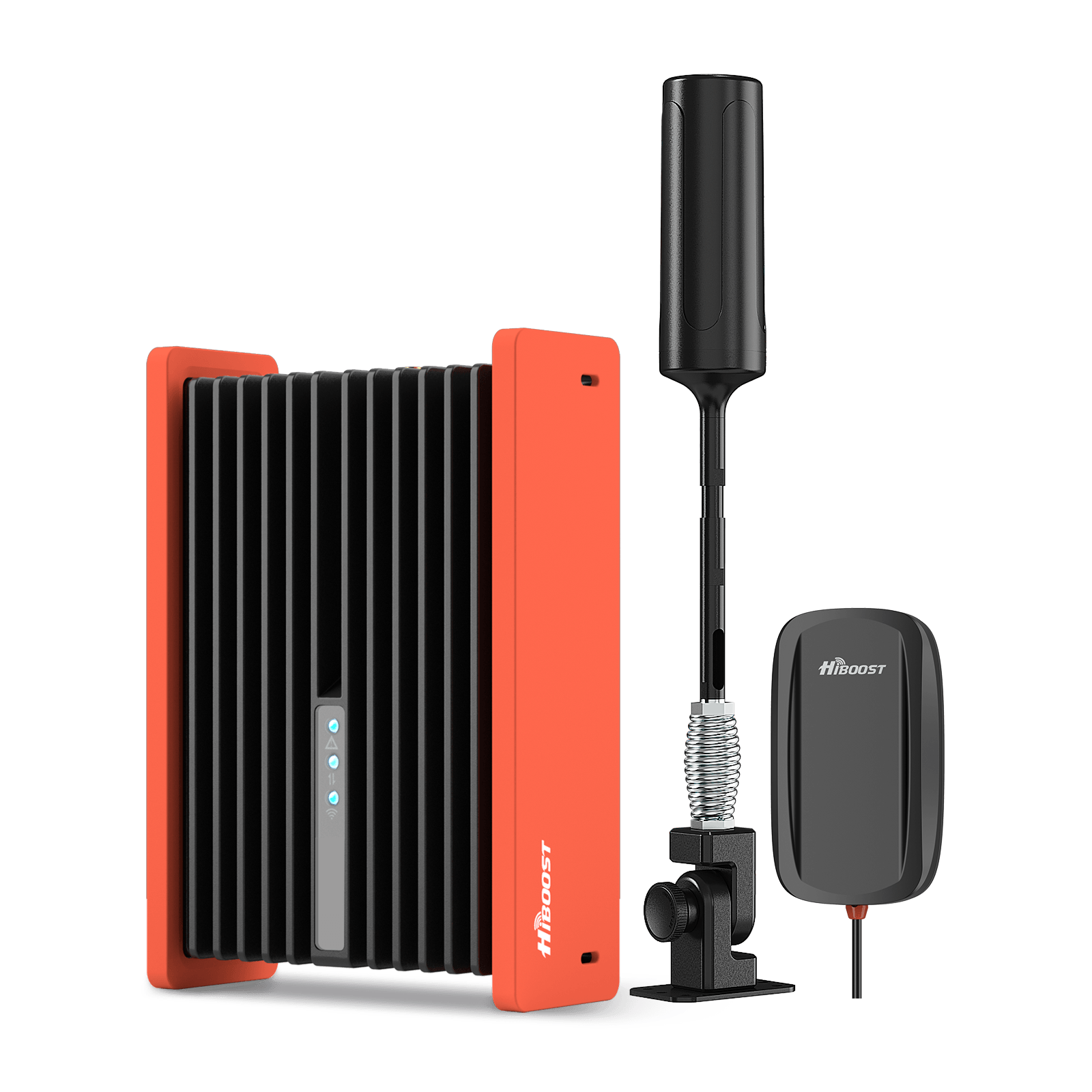
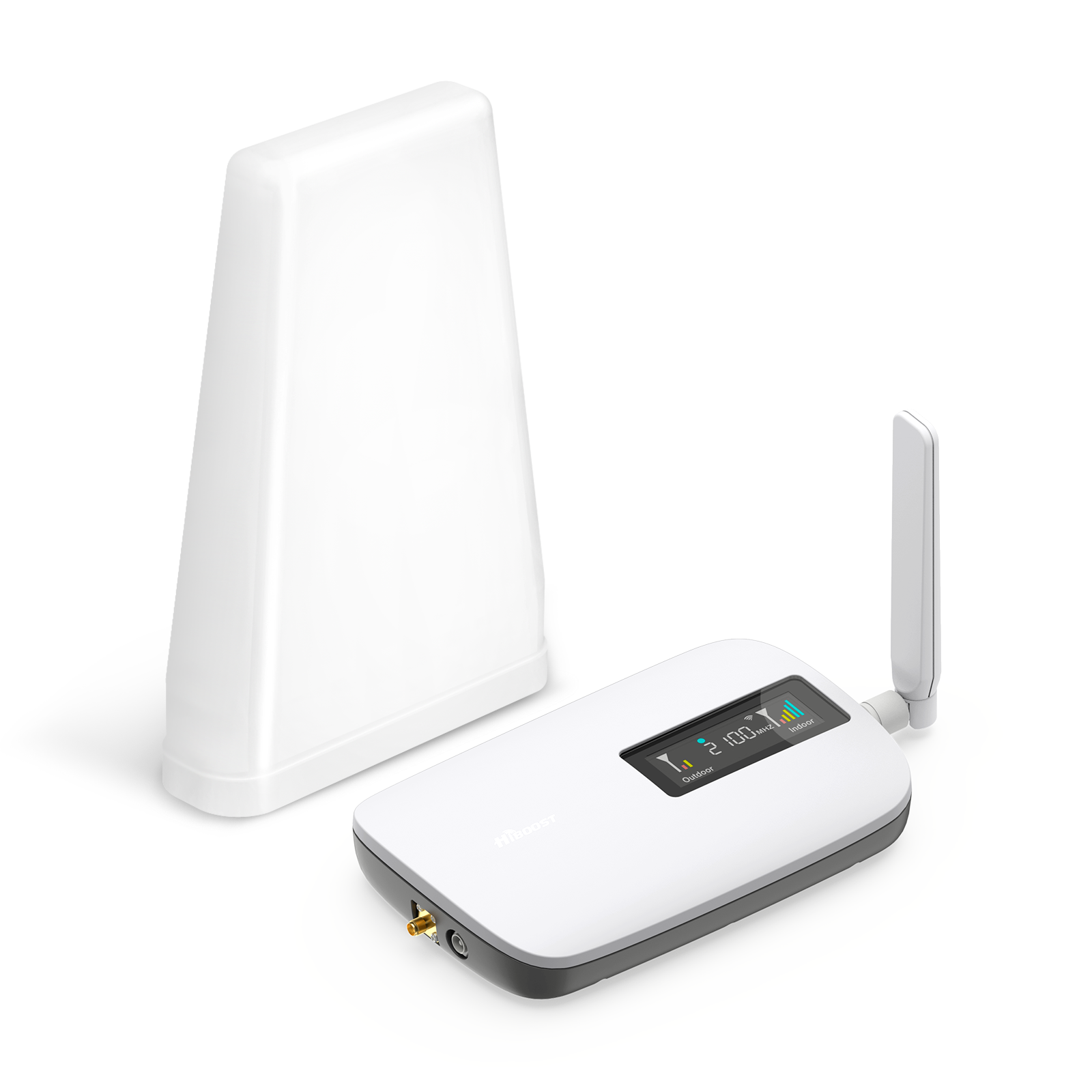
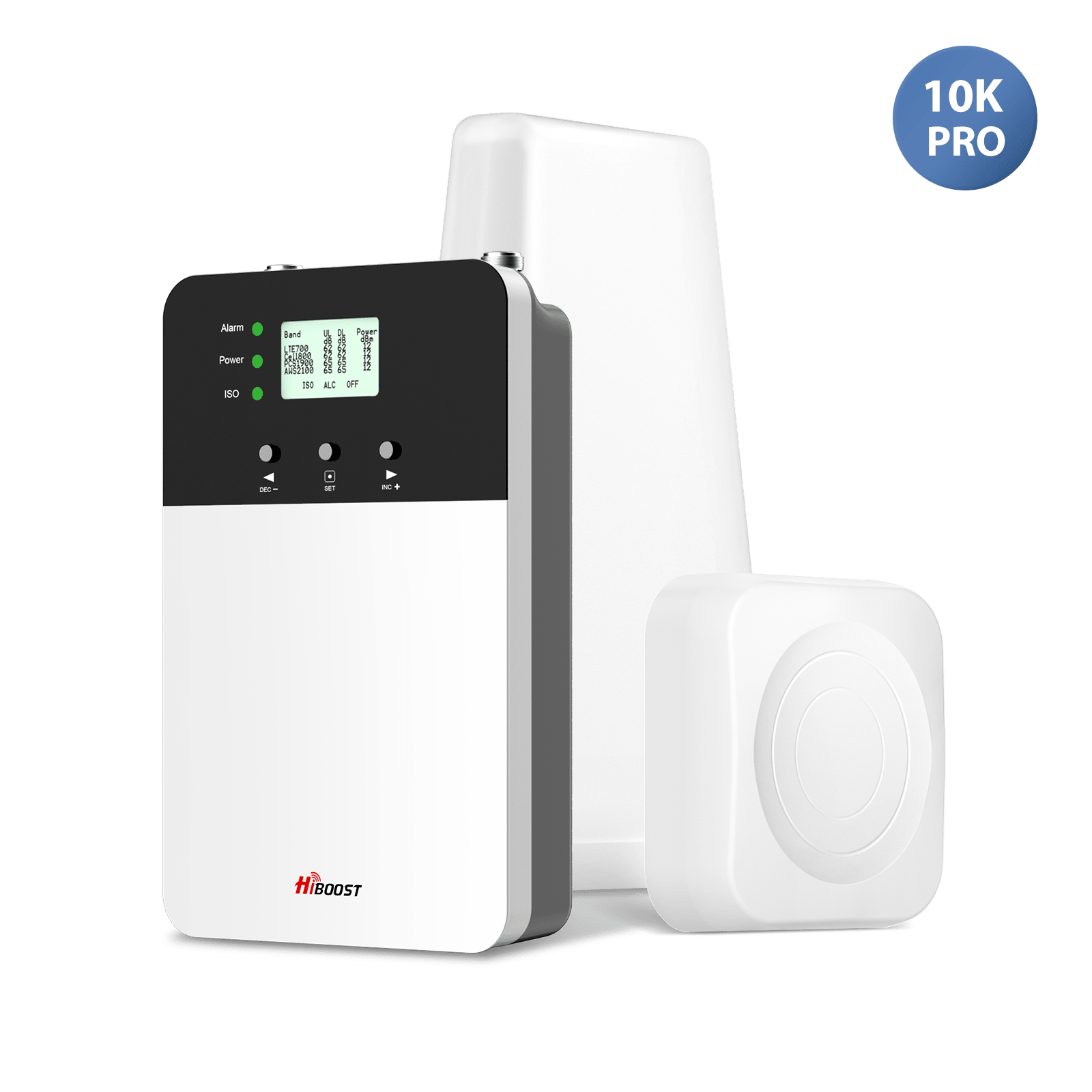
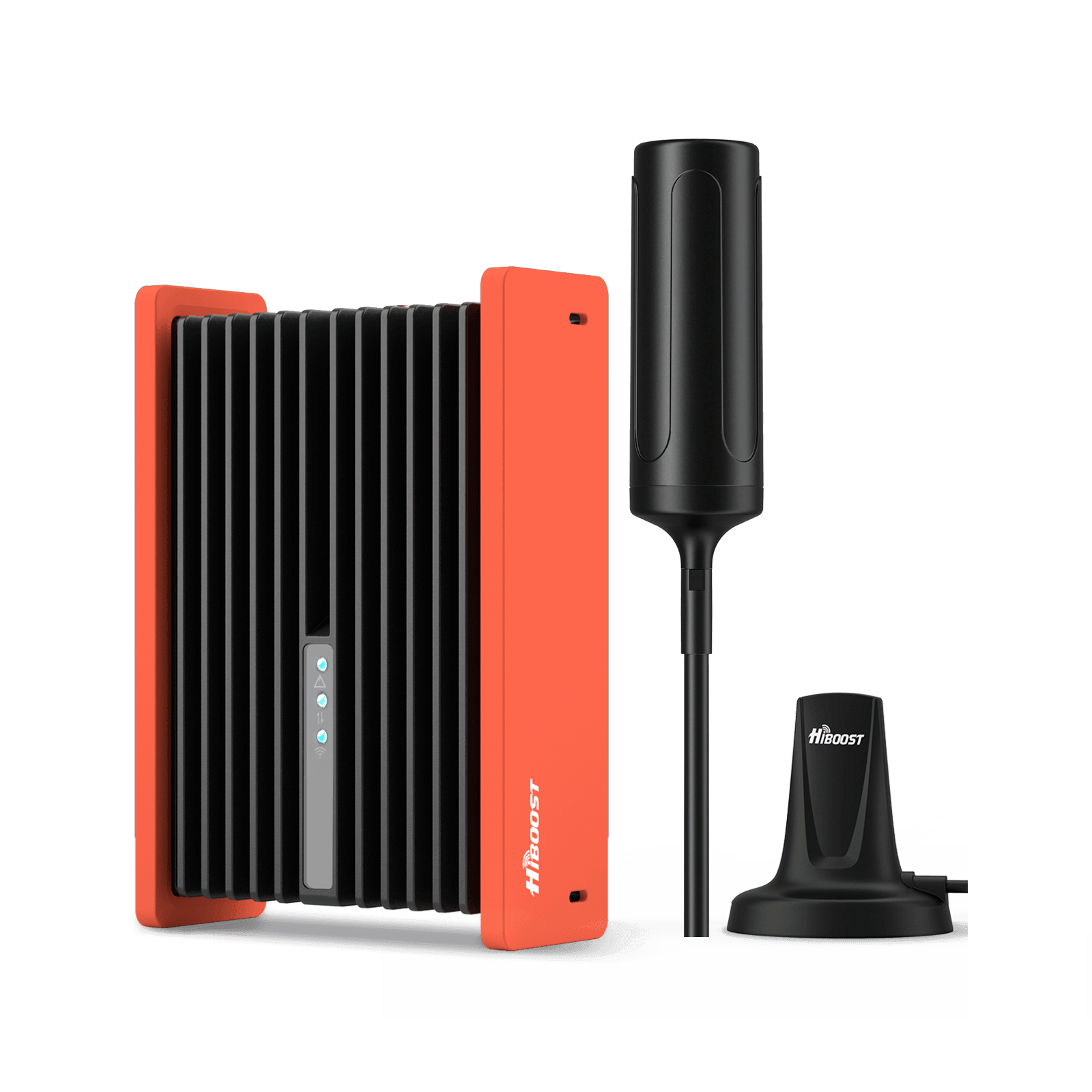
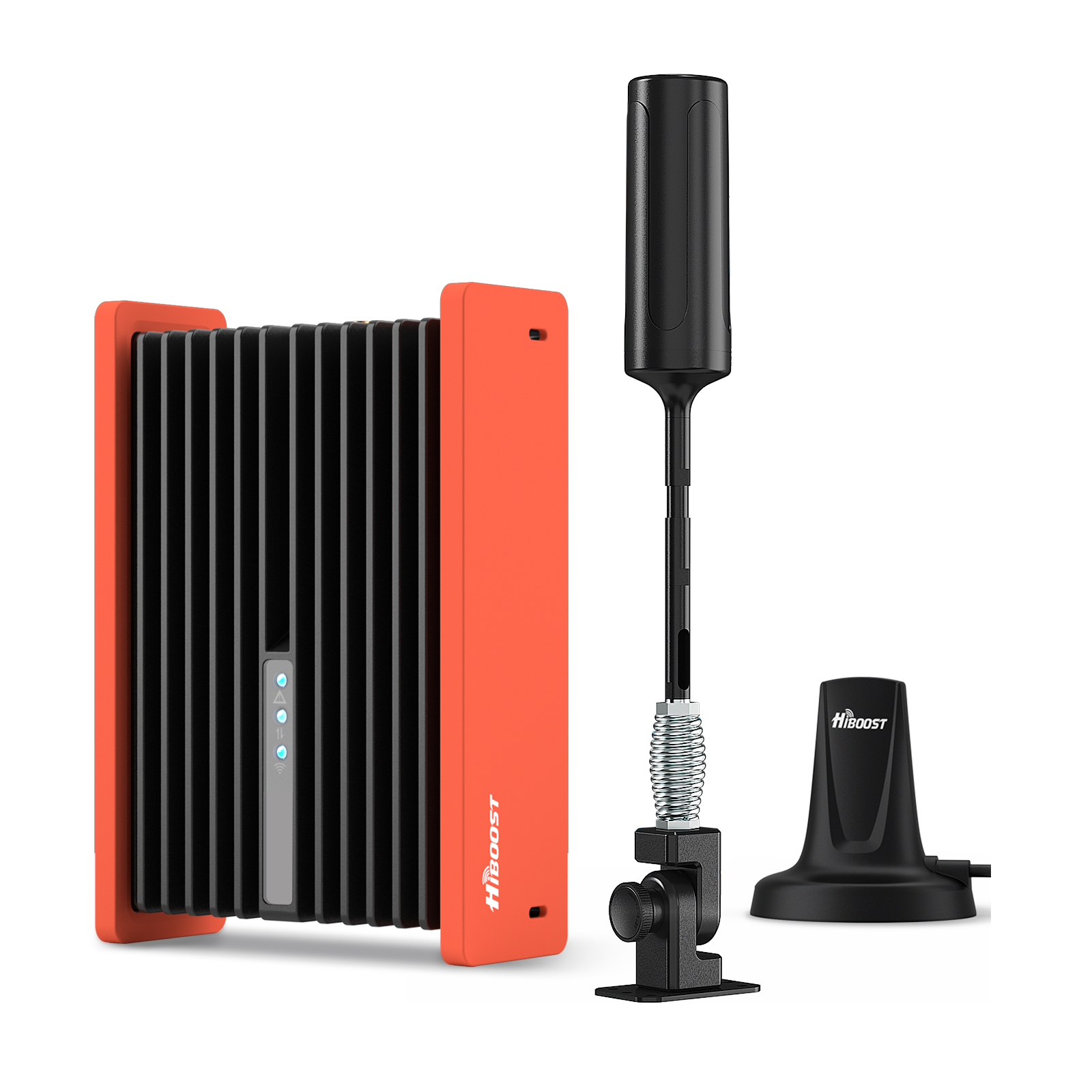
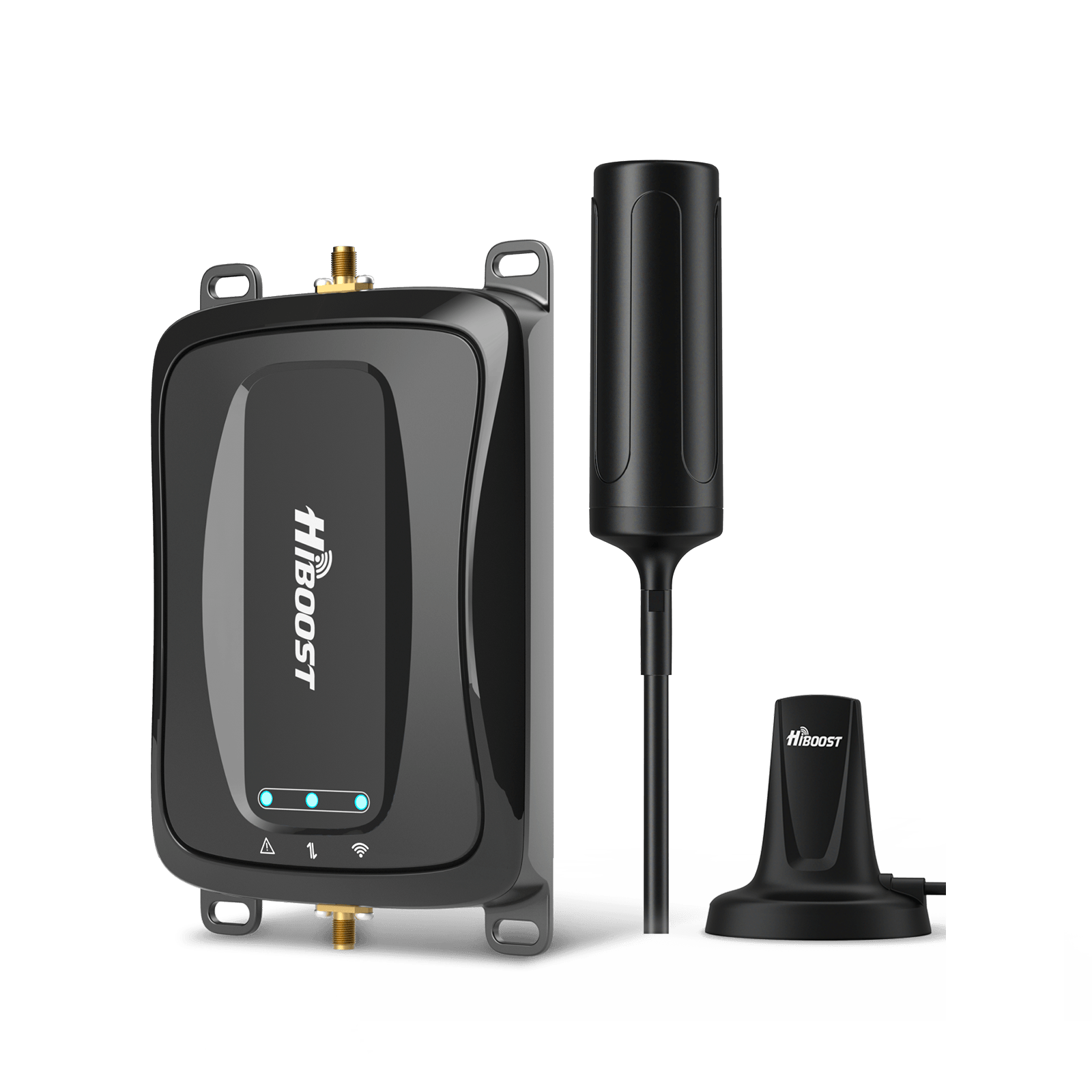
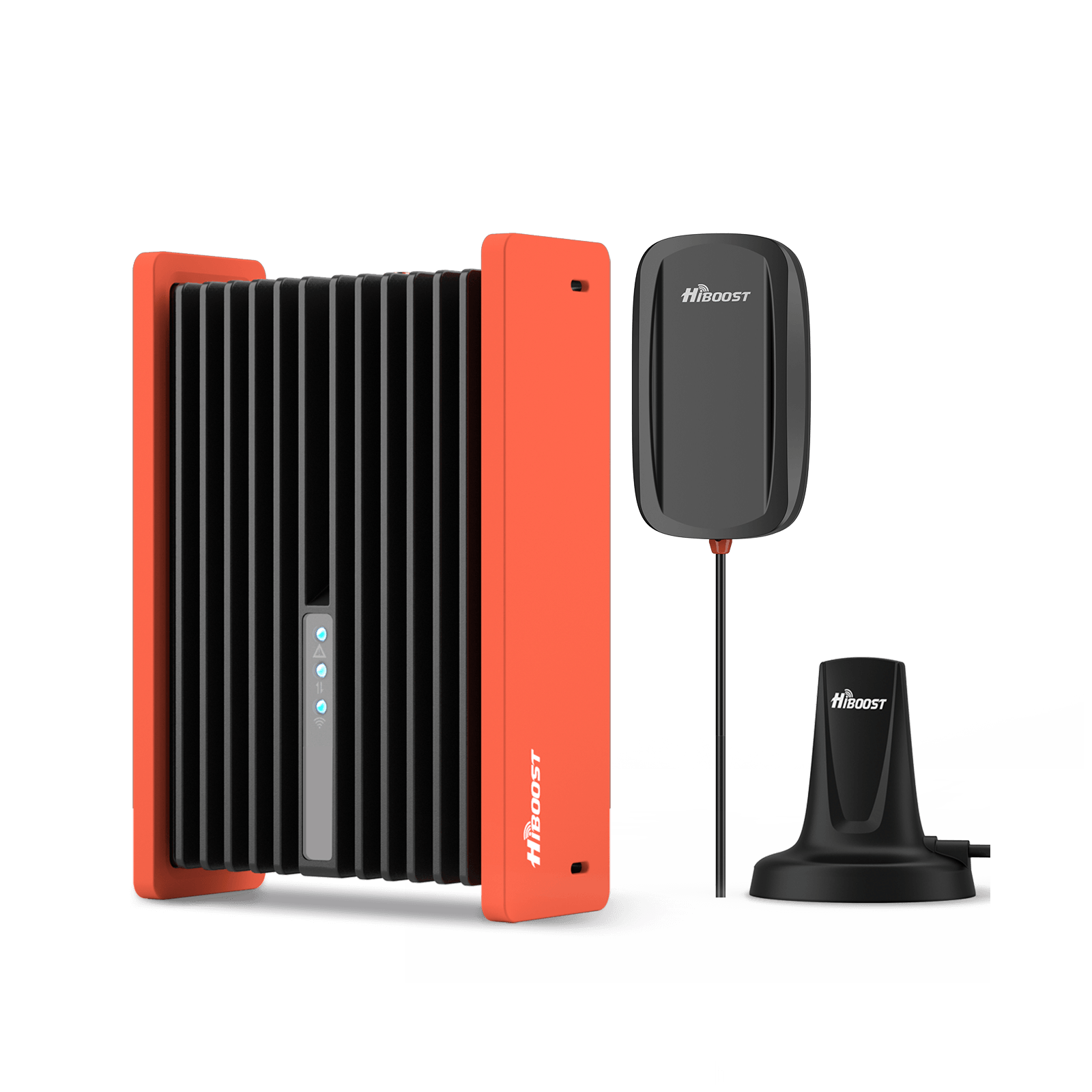
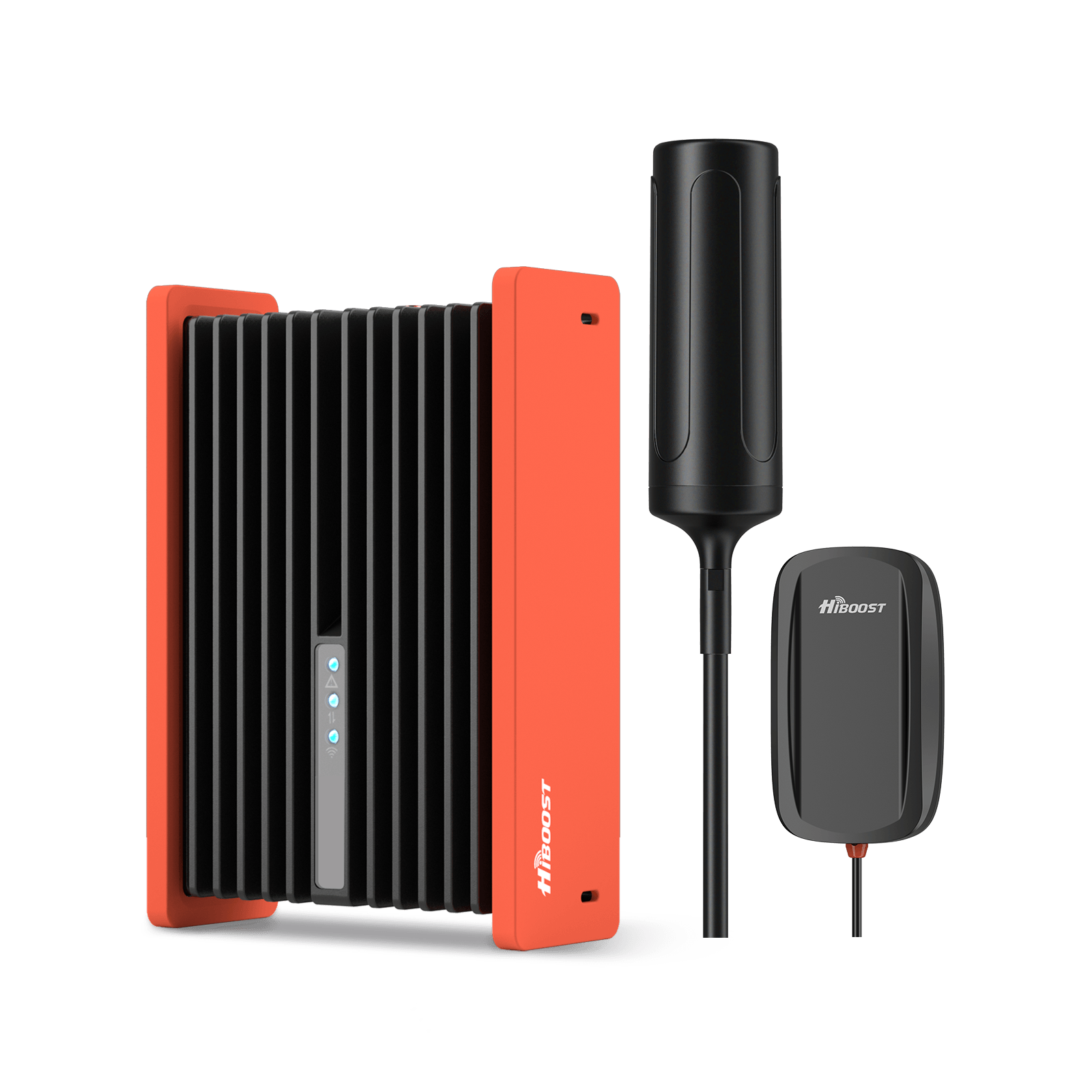
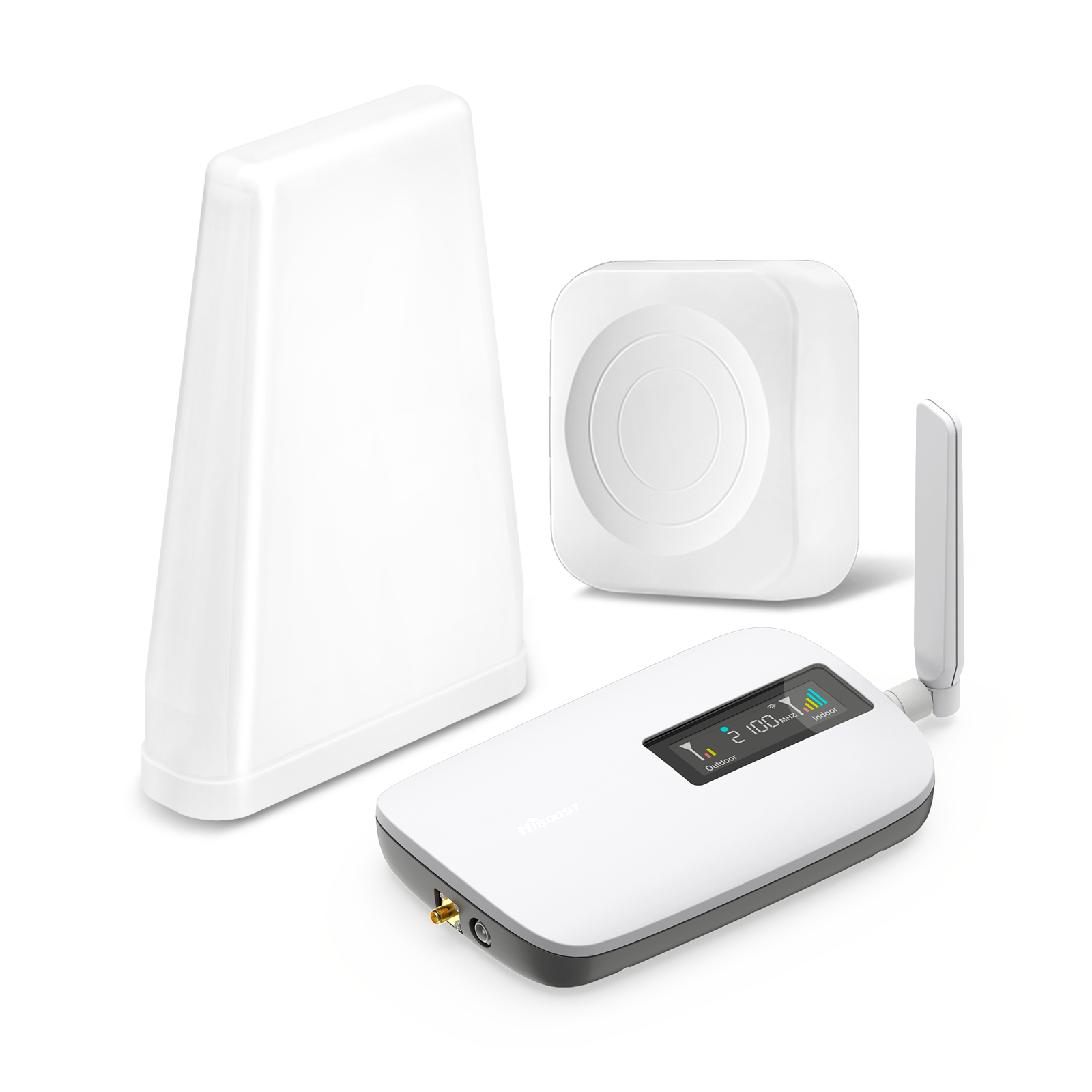
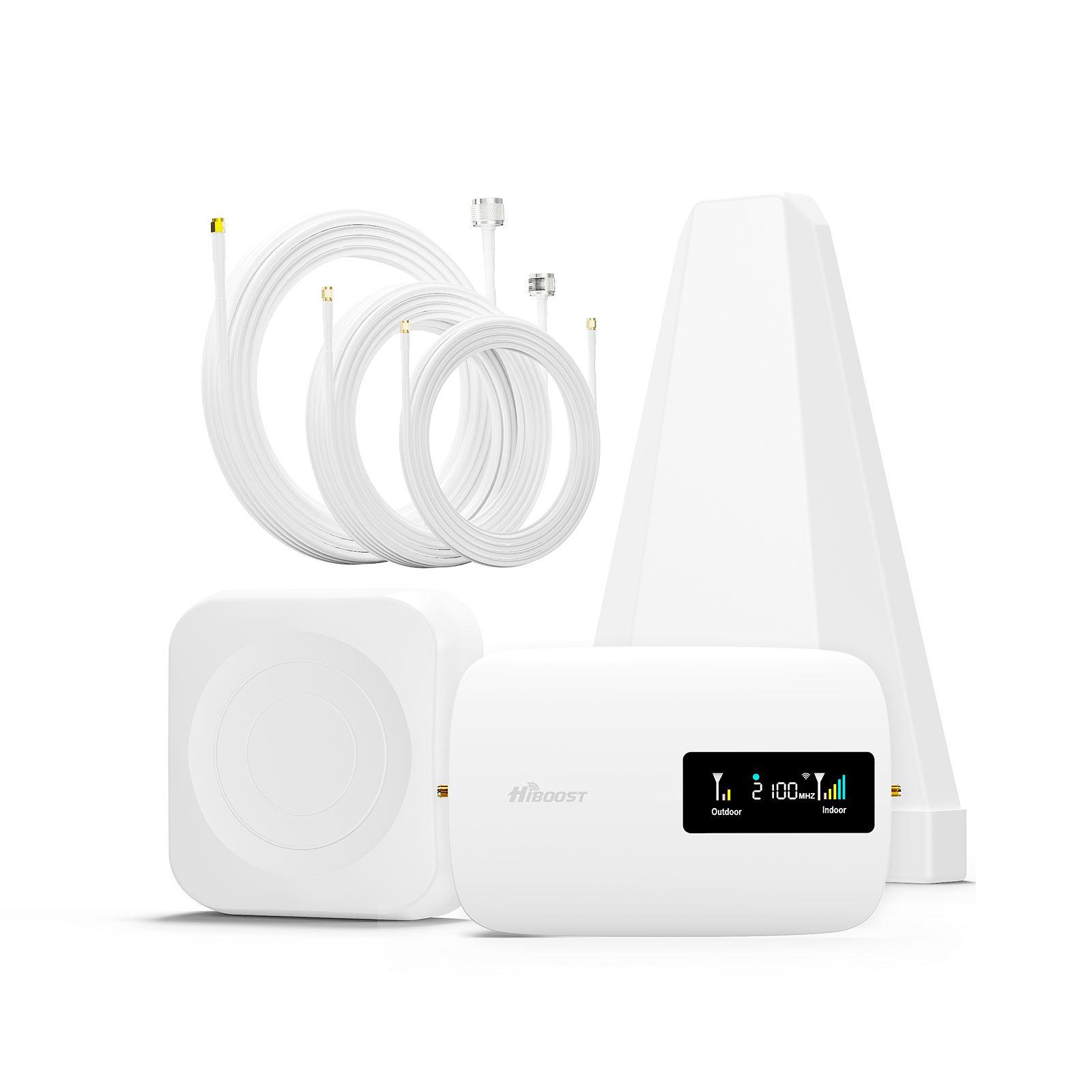
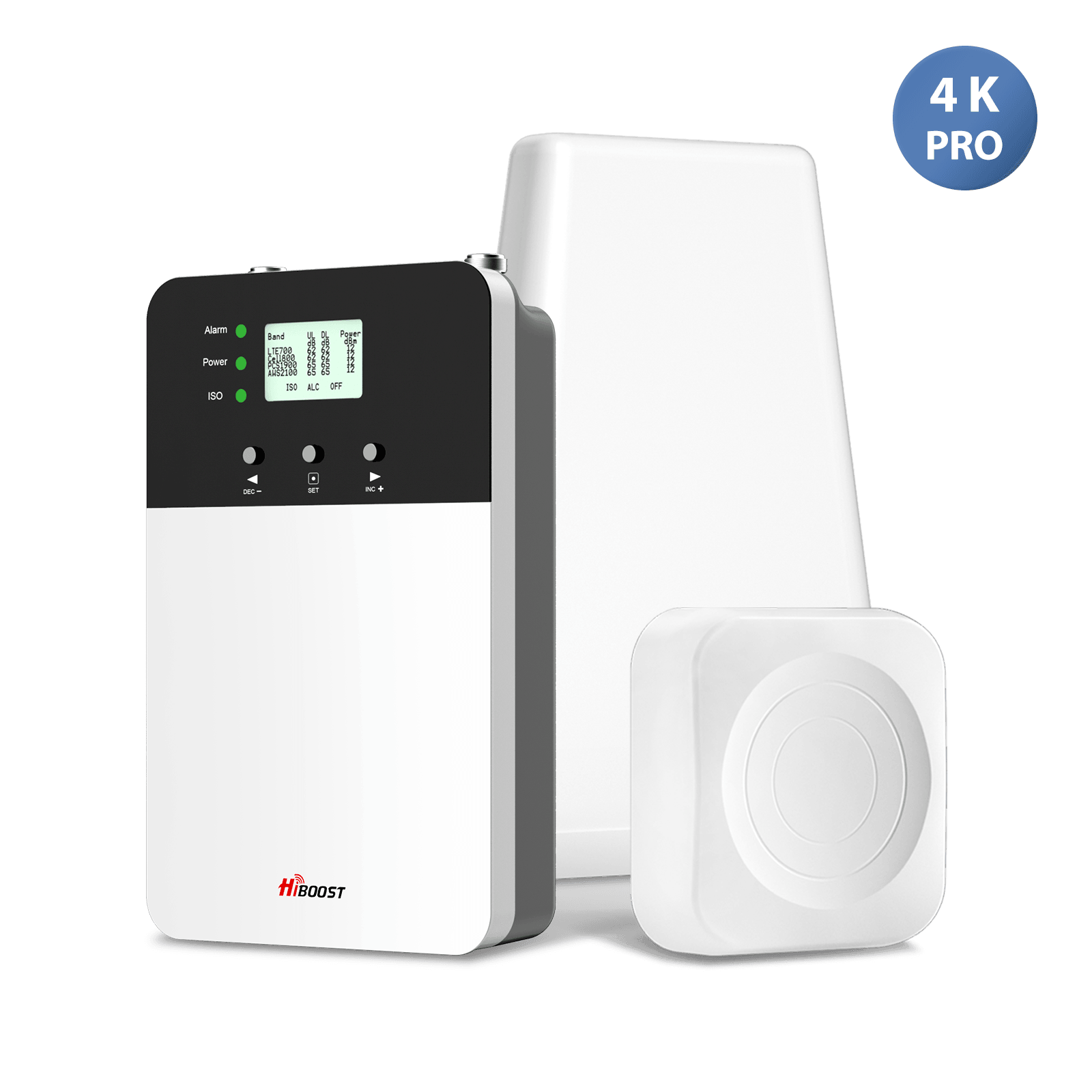
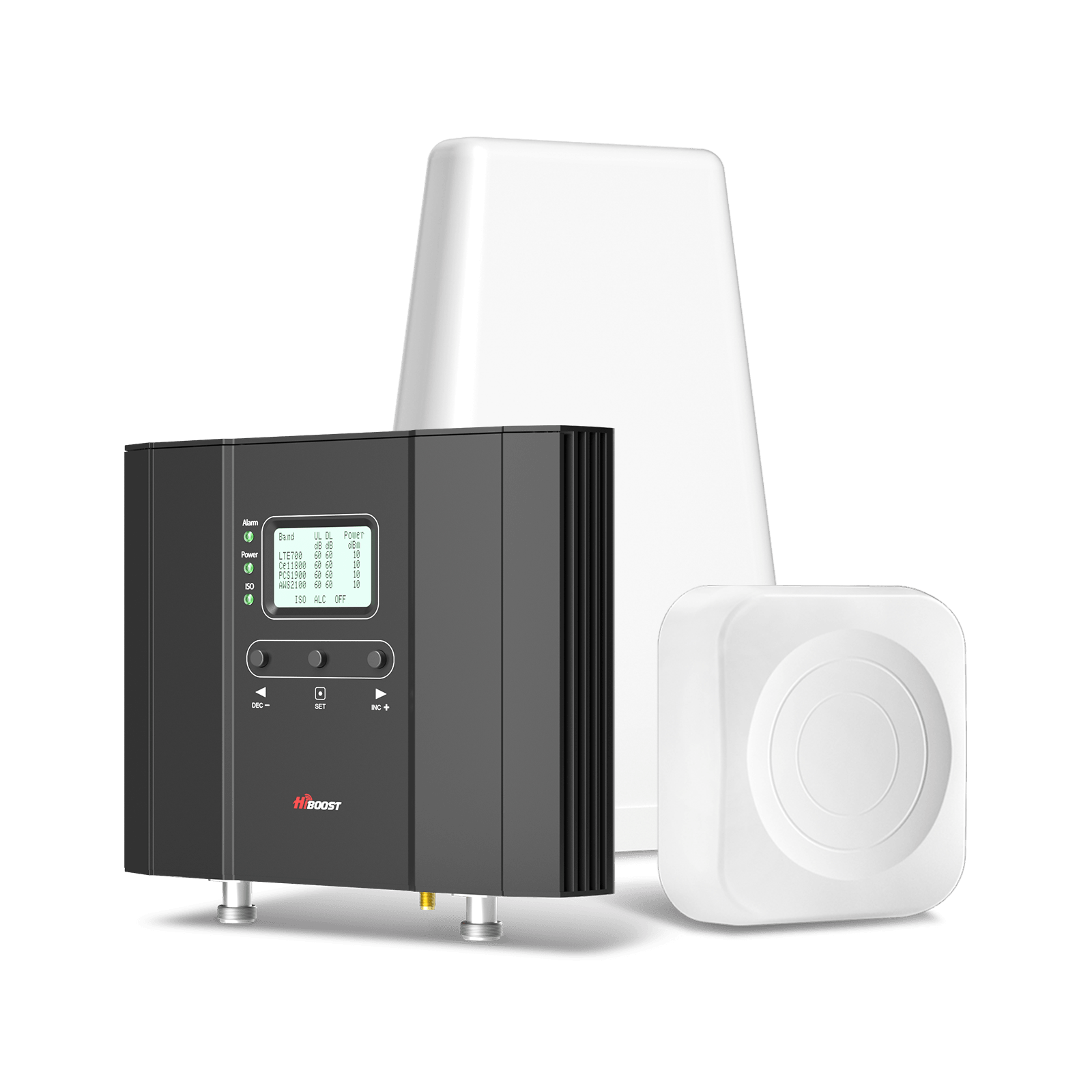
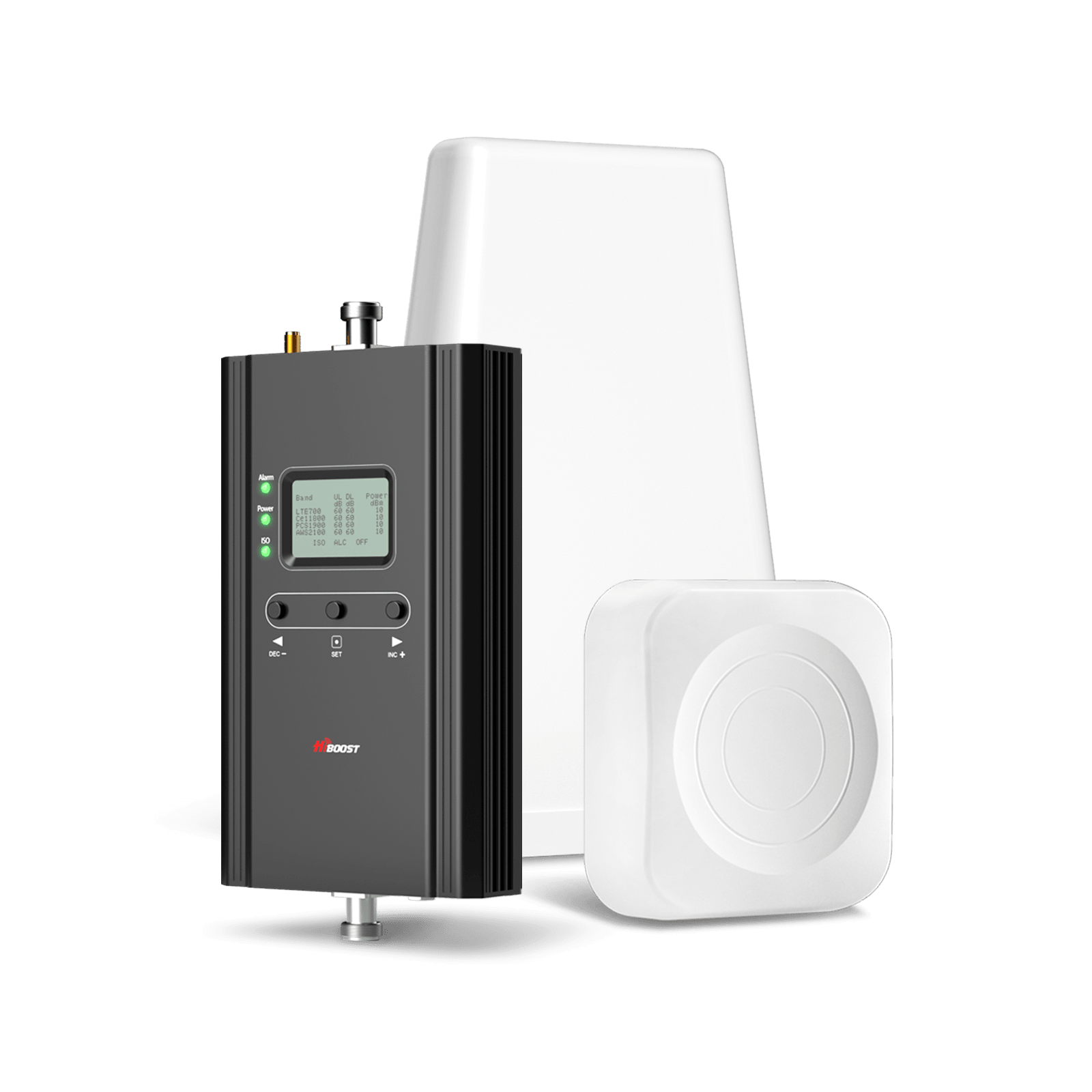
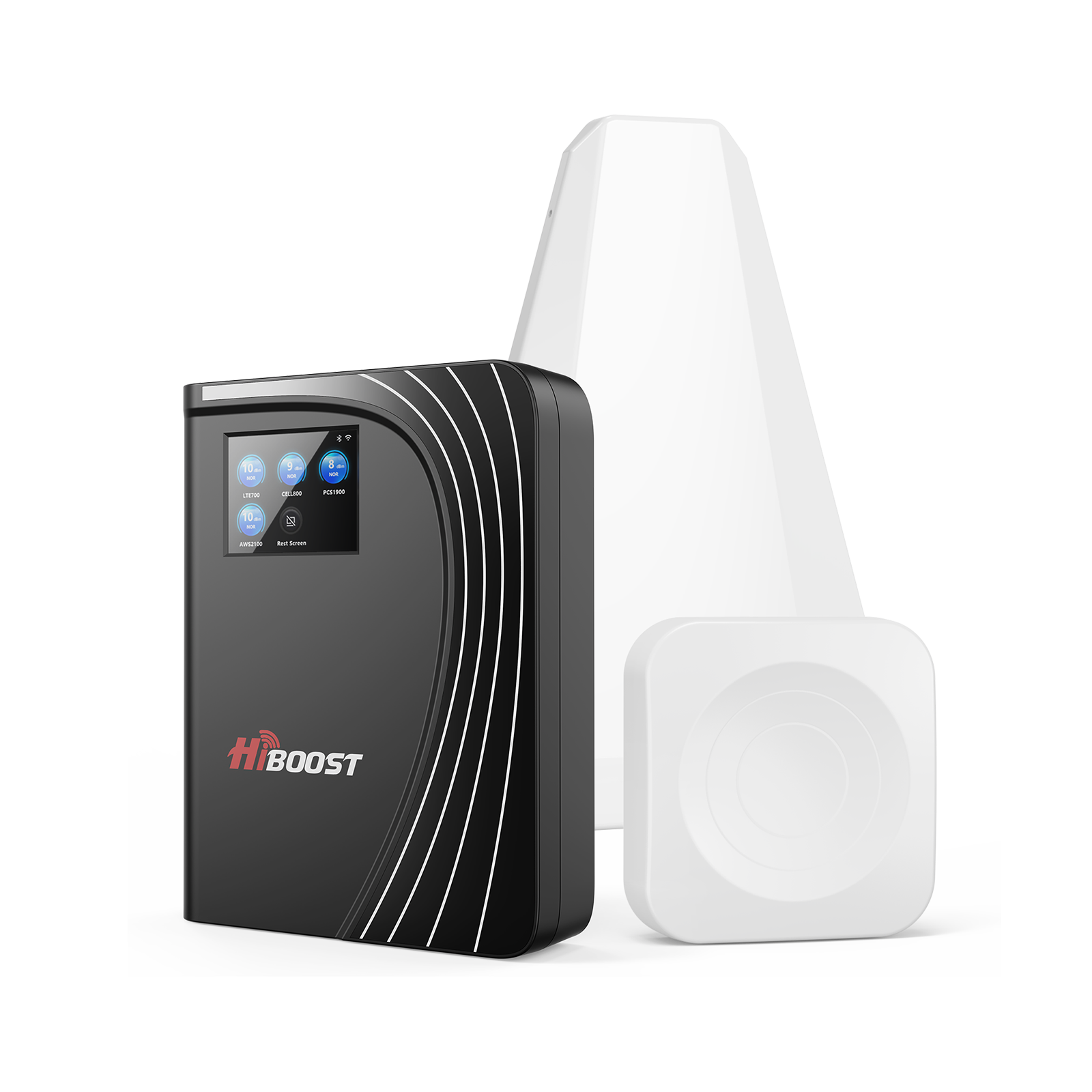
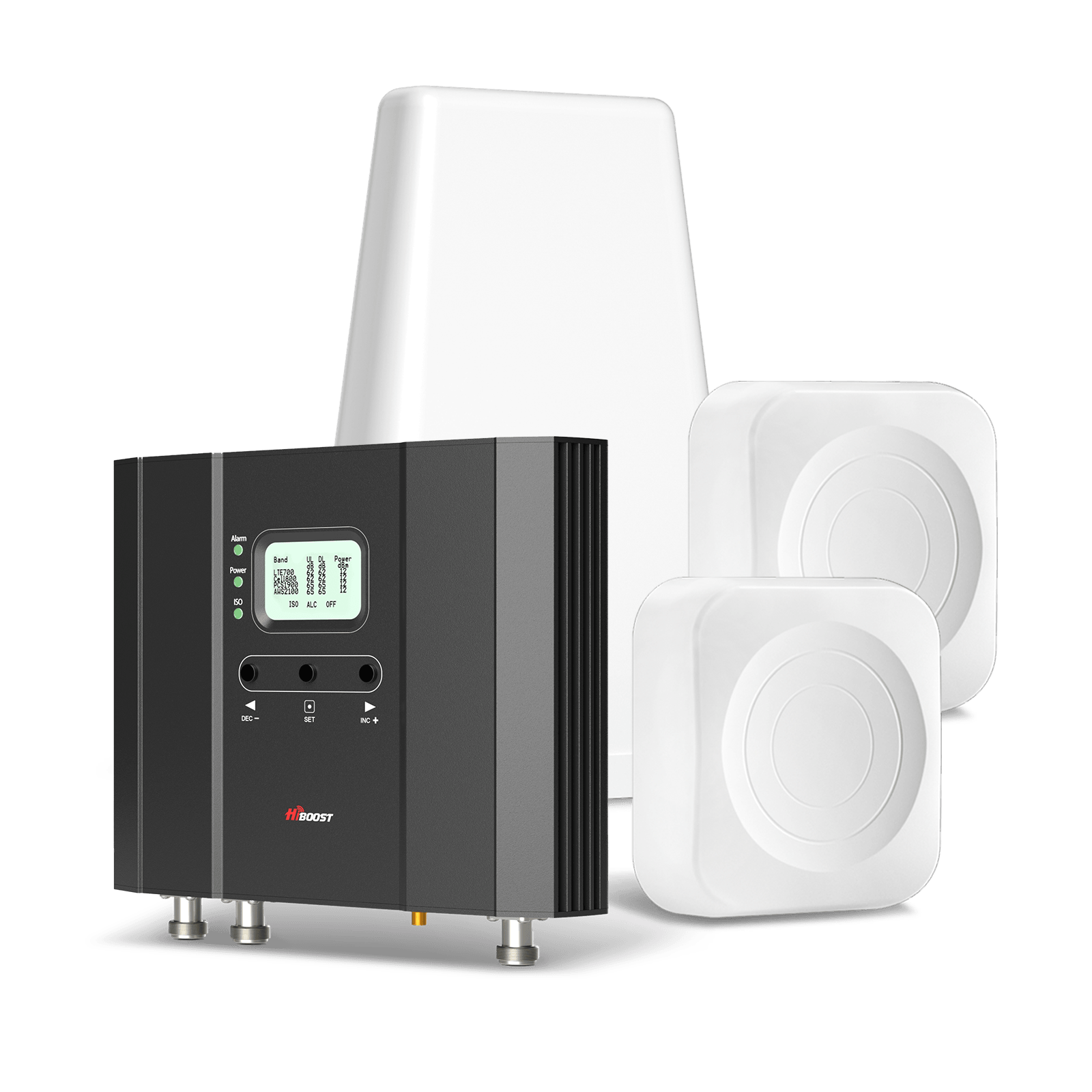
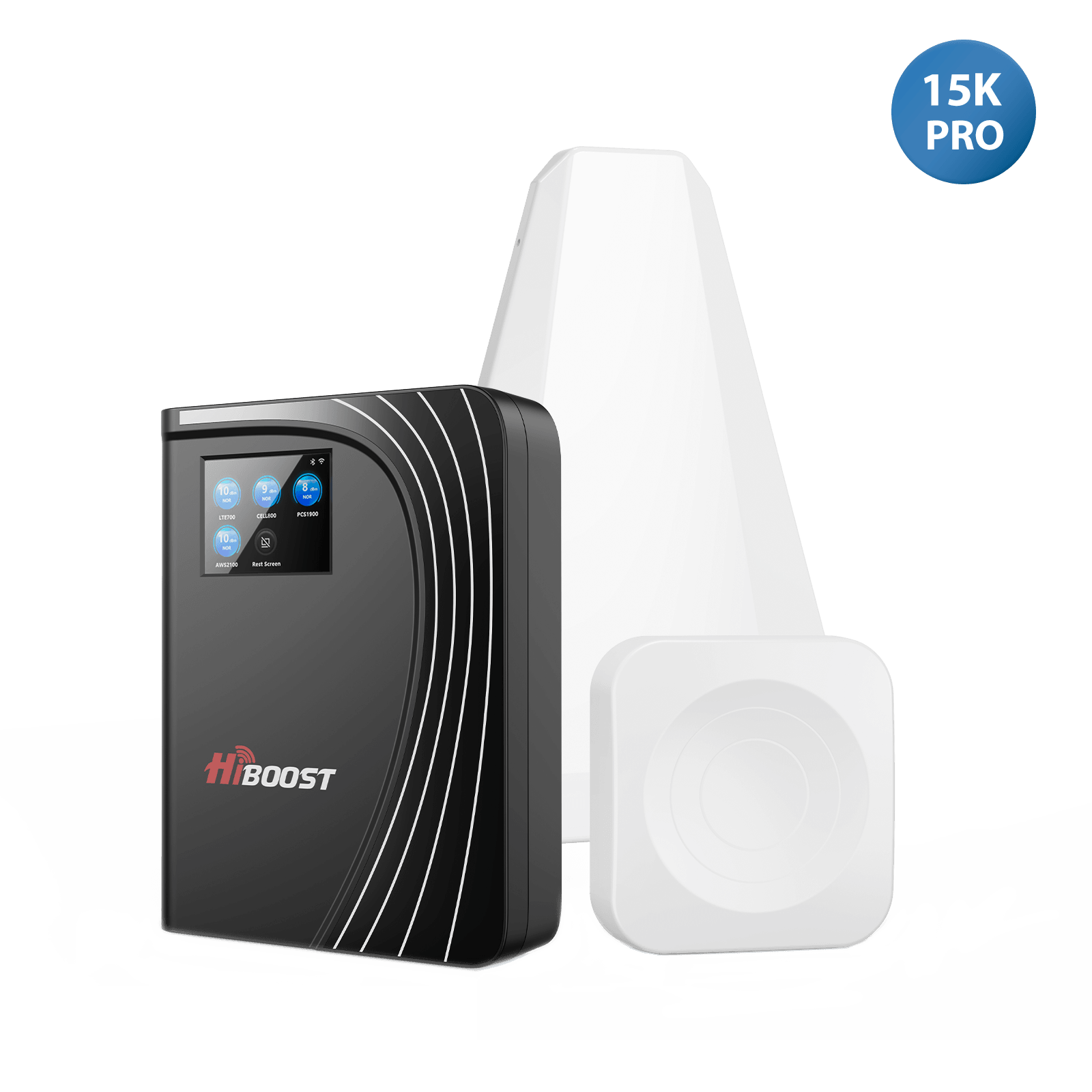
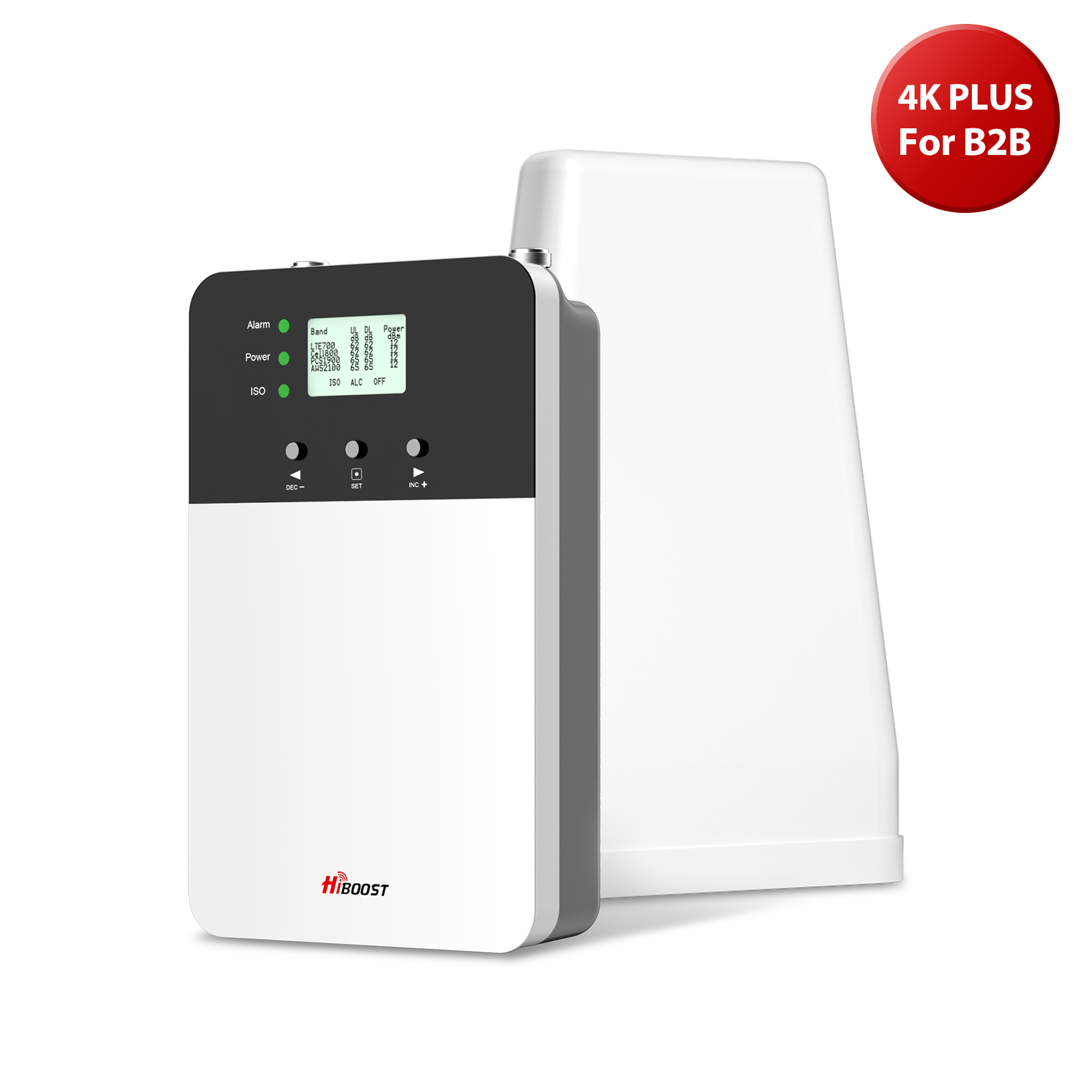
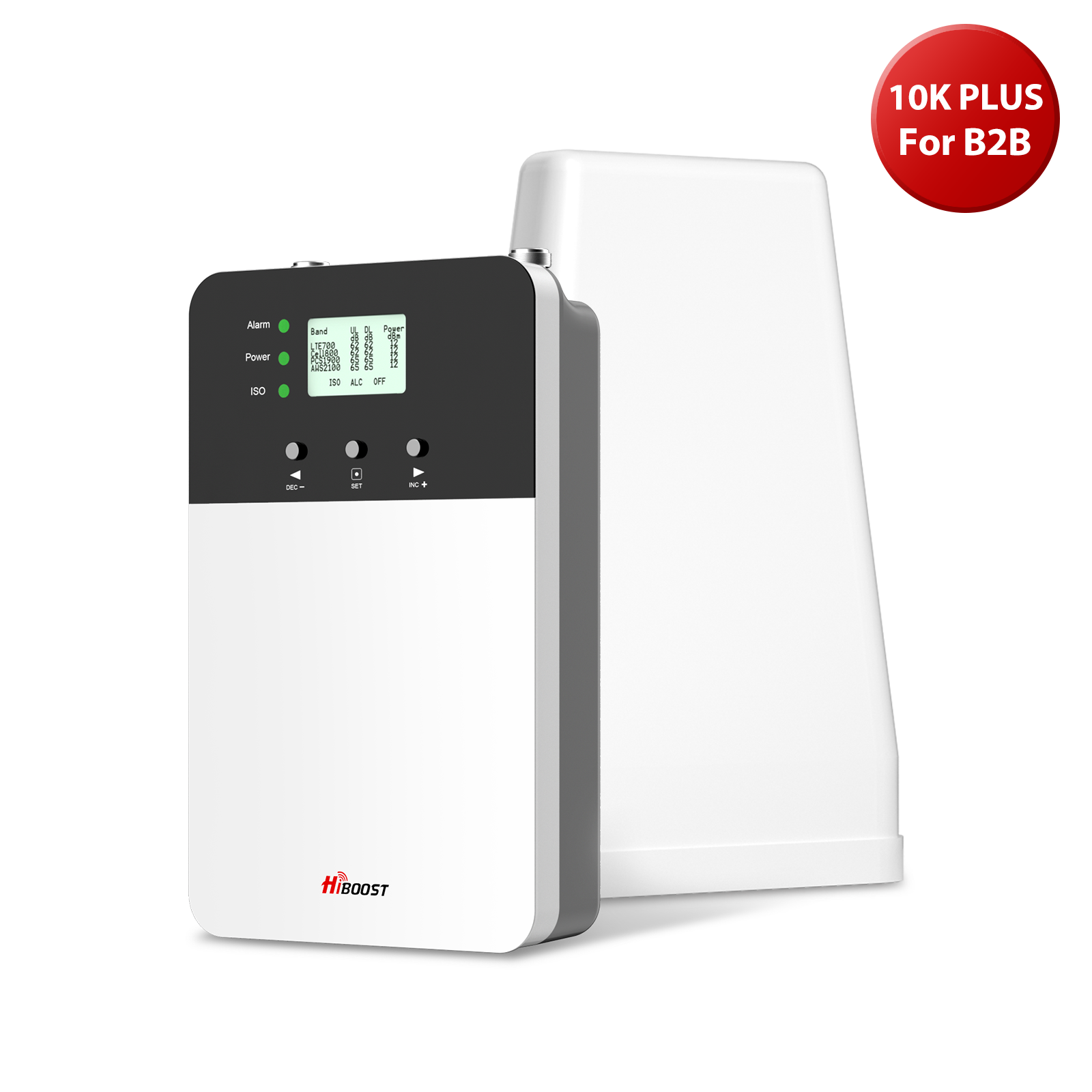
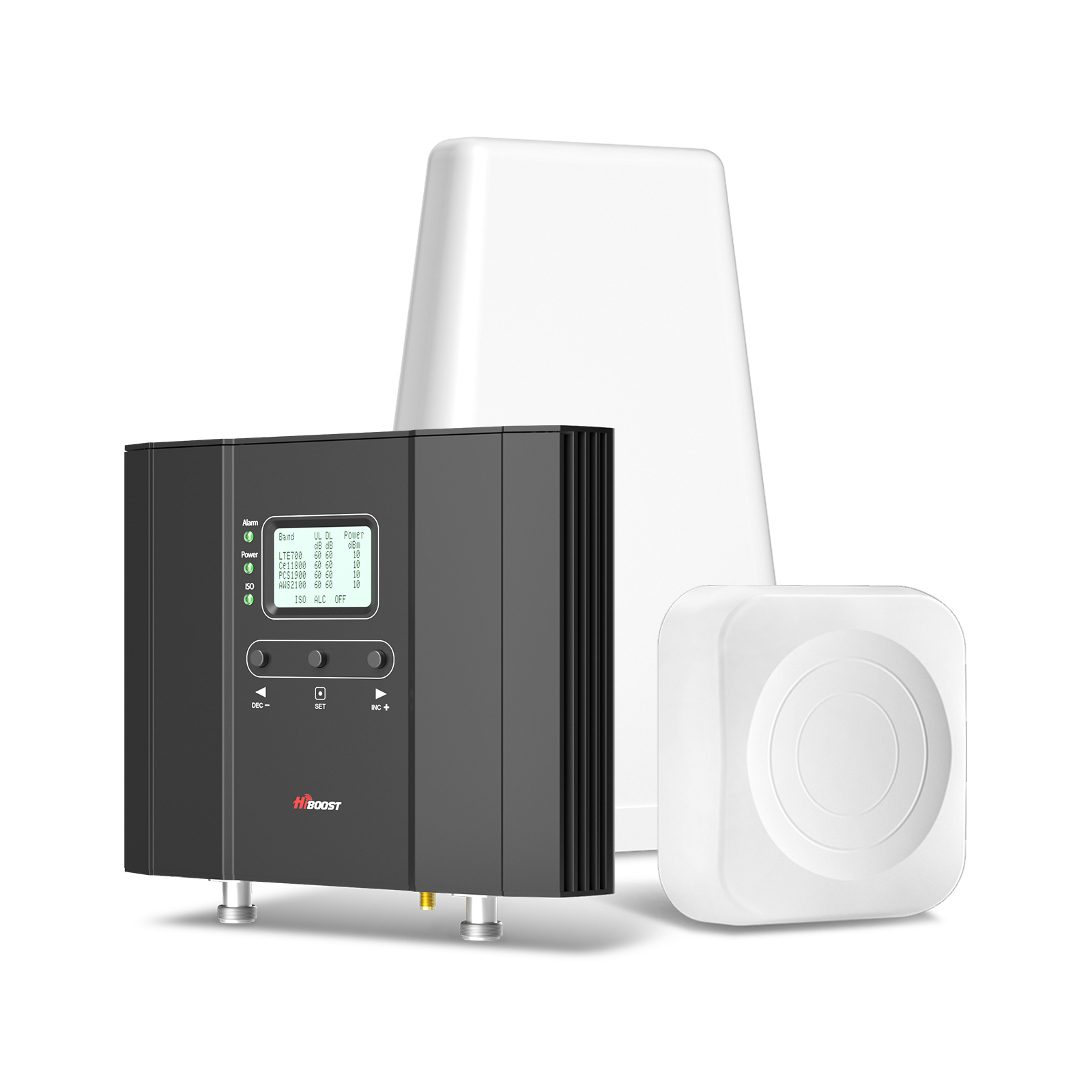
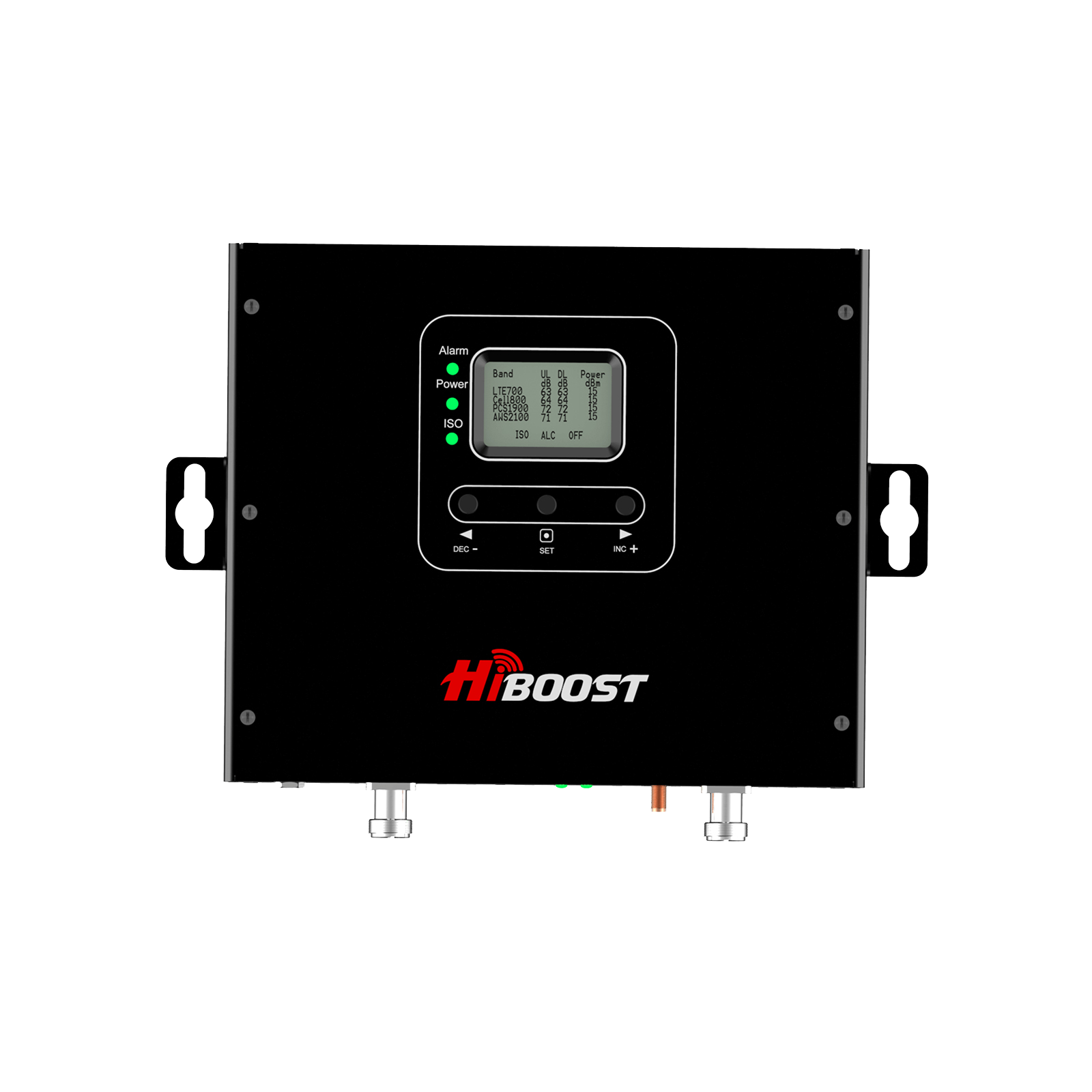
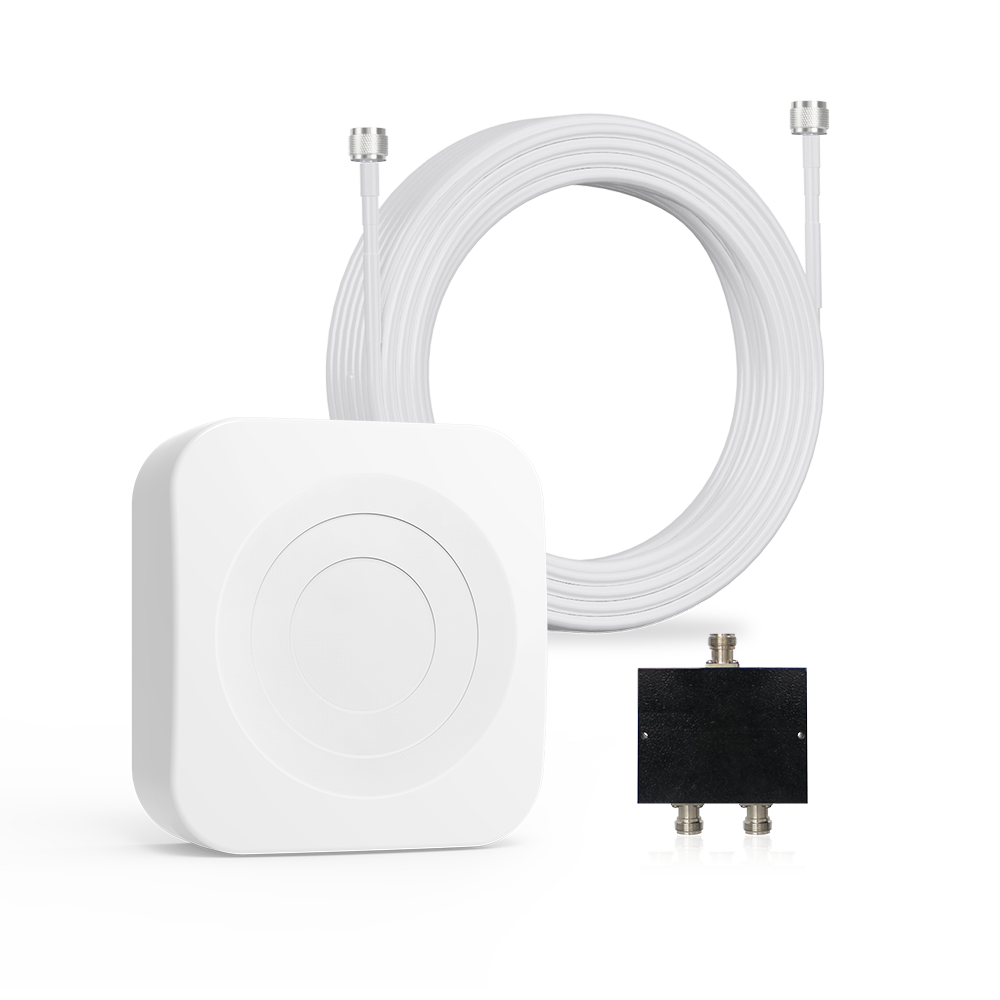
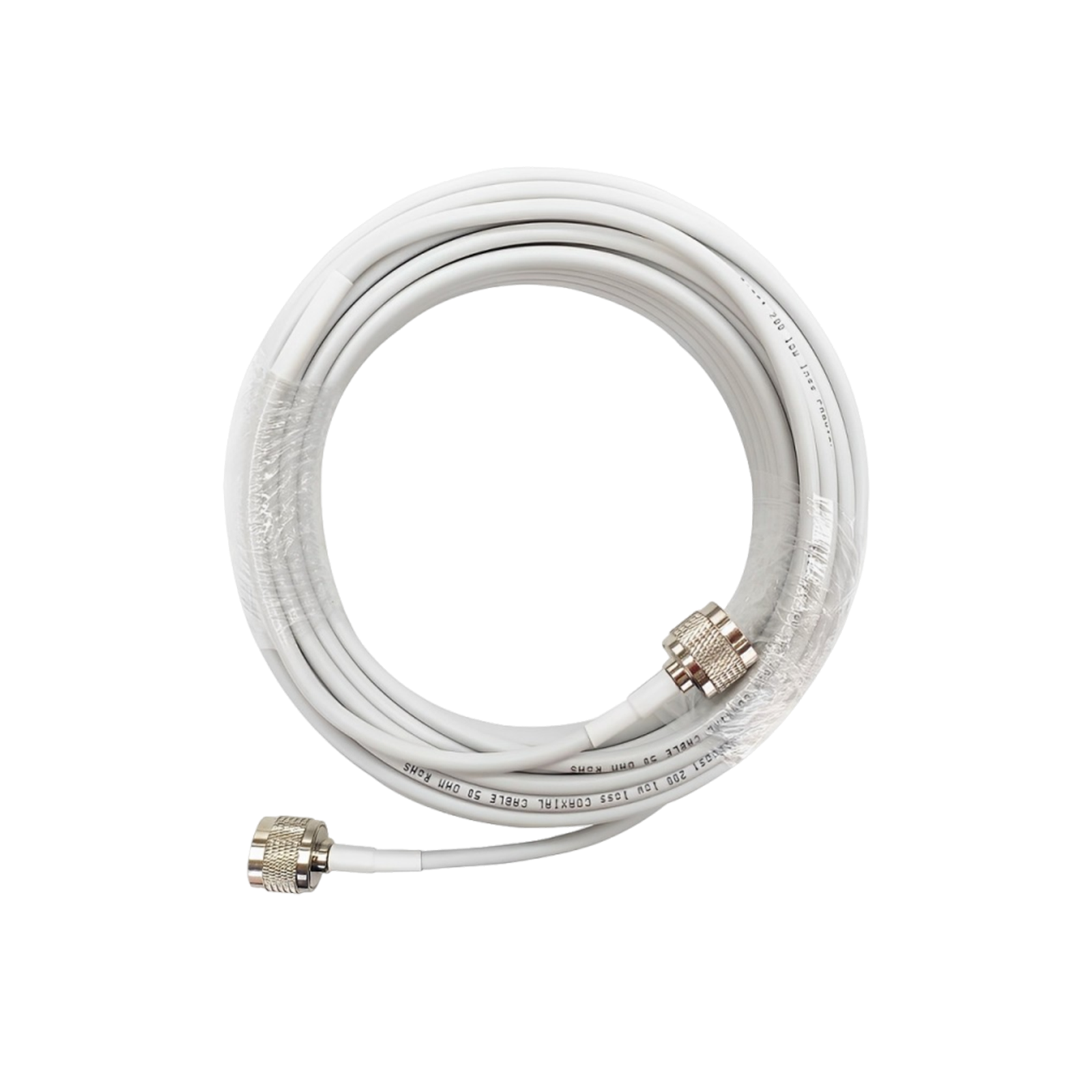
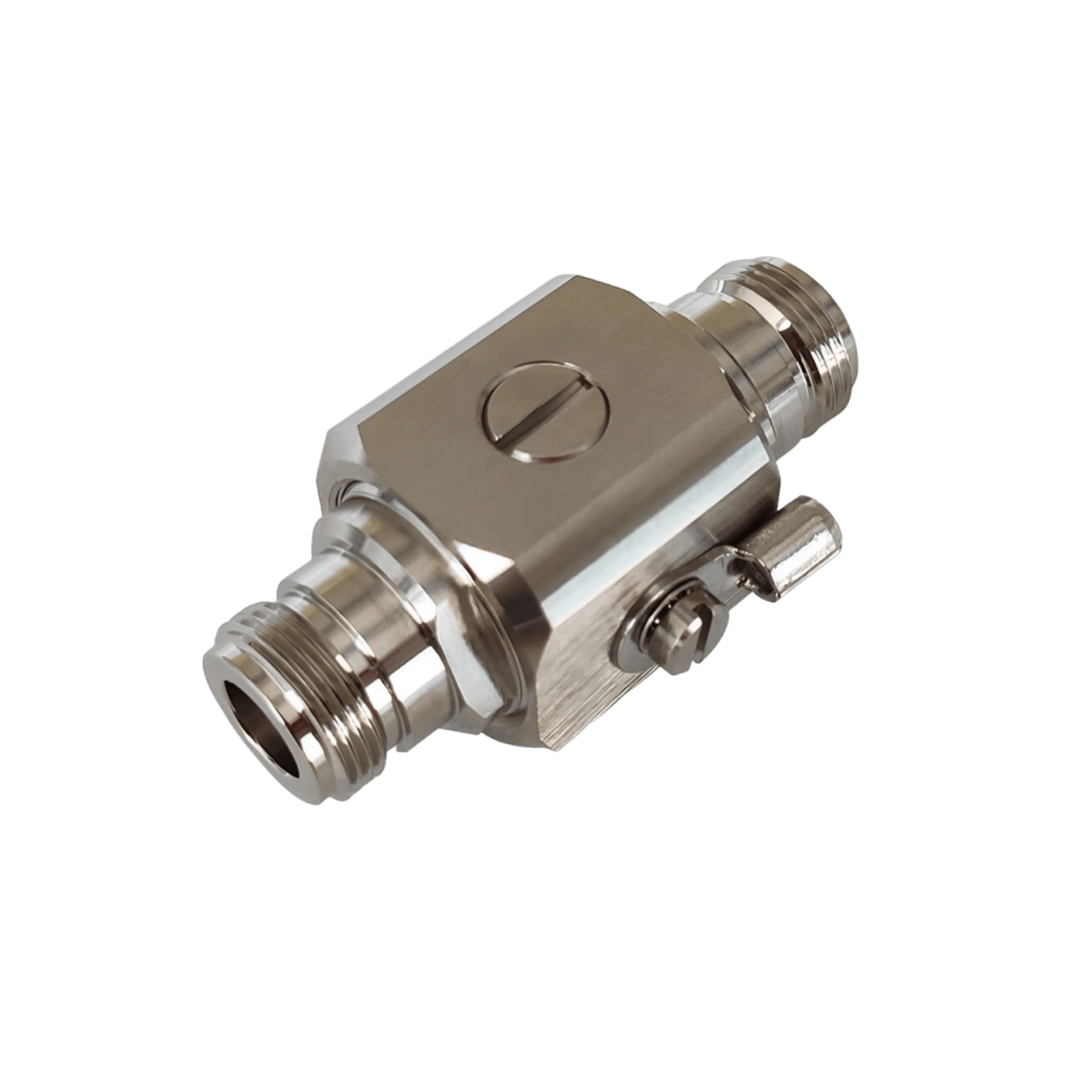
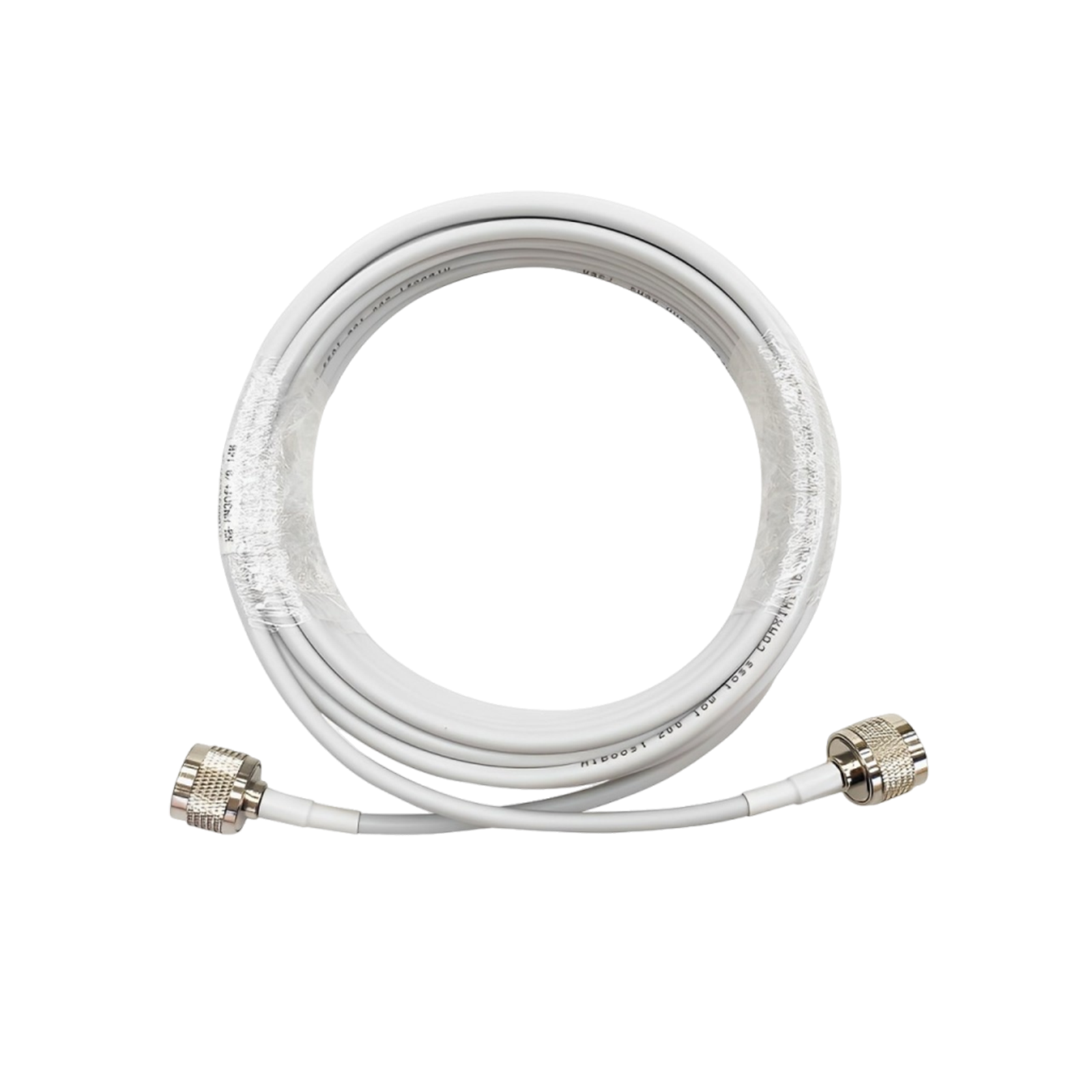



Leave a comment
All comments are moderated before being published.
This site is protected by hCaptcha and the hCaptcha Privacy Policy and Terms of Service apply.